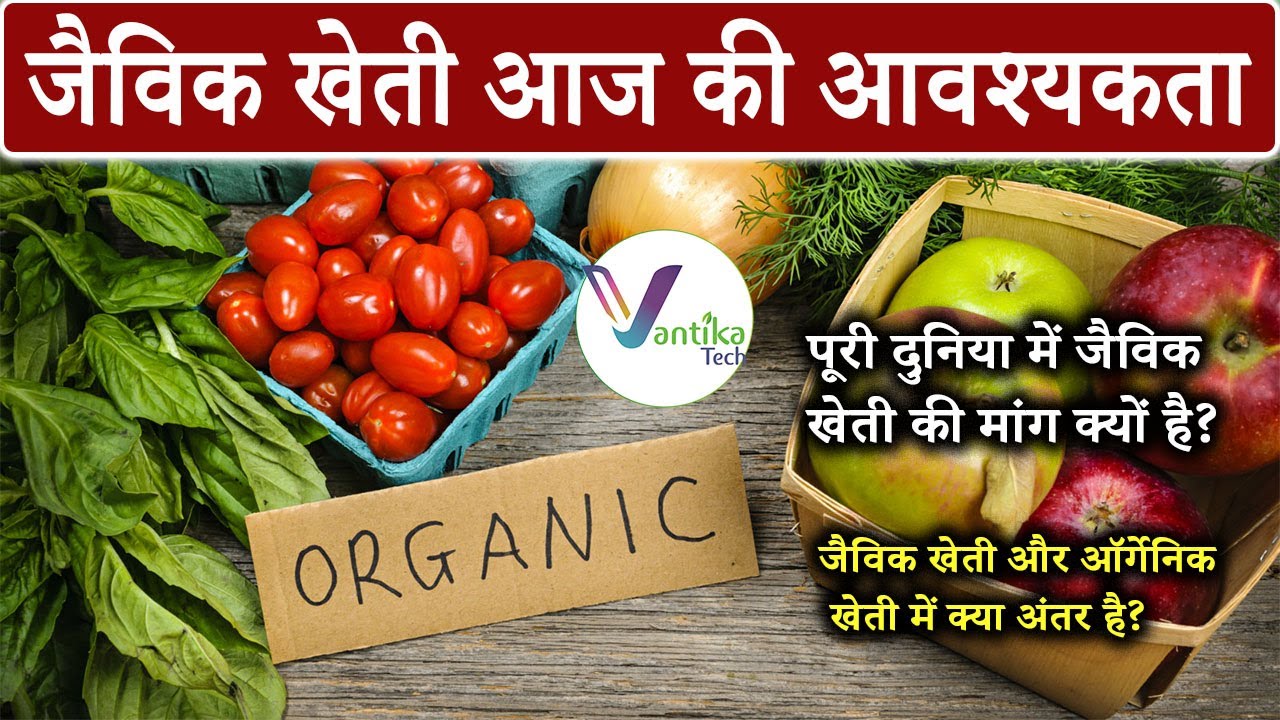As the relentless force of climate change continues to reshape our planet, its effects on agriculture, a cornerstone of our society, are becoming increasingly apparent. The expansive fields of U.S. farmlands, once predictable in their seasonal rhythms, are now subject to the capricious whims of a warming world. In this comprehensive exploration, we delve into the intricate and profound ways in which climate change is transforming U.S. agriculture, disrupting traditional farming practices, and presenting unprecedented challenges to the nation's food security.
Rising Temperatures and Crop Dynamics:
The steady rise in global temperatures is fundamentally altering the dynamics of crop growth. Traditional growing seasons are shifting, and the repercussions are felt at every stage of a crop's lifecycle. The delicate balance of flowering, pollination, and ripening is now under threat, with heat stress during critical growth phases leading to reduced yields, particularly in staple crops such as wheat, corn, and soybeans.
Example: A landmark study conducted in the Midwest reveals a troubling decline in corn yields attributed to increased average temperatures, causing heat stress during the crucial pollination period.
Changing Precipitation Patterns:
The unpredictability of precipitation patterns has emerged as a major hurdle for farmers across the United States. Some regions face intensified rainfall, resulting in flooding and soil erosion, while others grapple with prolonged droughts. Both scenarios have profound implications for crop health, affecting water availability and nutrient absorption.
Example: In the Central Plains, changing precipitation patterns have contributed to a higher frequency of droughts, impacting the productivity of crops such as cotton and sorghum.
Shifts in Pest and Disease Dynamics:
Warmer temperatures and altered climatic conditions have created a hospitable environment for the proliferation of pests and the emergence of new diseases. The resultant increase in pest populations poses a dual threat to crops, necessitating adaptive strategies for pest management.
Example: The alarming spread of invasive species like the fall armyworm, fueled by warmer temperatures, has become a significant concern for corn and sorghum farmers in the Southern U.S.
Water Scarcity Challenges:
Changes in precipitation patterns, coupled with increased evaporation due to higher temperatures, contribute to water scarcity in many regions. This scarcity directly impacts irrigation practices, forcing farmers to adopt water-efficient techniques or consider alternative crops that are more resilient to arid conditions.
Example: Fruit orchards in California, facing severe water scarcity, are undergoing a transition to more drought-resistant crop varieties to sustain production.
Adaptation Strategies for Resilient Agriculture:
Faced with these multifaceted challenges, American farmers are showcasing their inherent resilience by implementing innovative adaptation strategies. These strategies encompass the adoption of drought-resistant crop varieties, the integration of precision irrigation technologies, and the promotion of agroforestry practices to enhance overall resilience.
Example: In the Midwest, farmers are embracing conservation tillage practices to mitigate soil erosion and retain soil moisture during periods of drought, showcasing a proactive approach to climate-induced challenges.
Conclusion:
The impact of climate change on U.S. agriculture is not a distant, hypothetical scenario—it is happening now, reshaping the landscape of American farming in profound ways. As we navigate these uncharted fields, the resilience and adaptability of American farmers are proving to be indispensable assets. The journey ahead necessitates not only mitigating the negative effects but also proactively embracing sustainable practices that contribute to climate change resilience.
In conclusion, the symbiotic relationship between climate change and agriculture calls for a holistic and collaborative approach. Farmers, policymakers, and communities must work hand in hand to foster a future where agriculture not only survives but thrives in the face of evolving climate patterns.
Thank you for taking the time to delve into the intricacies of climate change and its impact on U.S. agriculture. We invite you to share your thoughts on this critical issue in the comments below. Stay informed by subscribing for more in-depth content on agriculture, environmental trends, and the ongoing dialogue about our planet's future.
#ClimateChangeImpact #AgClimateAdaptation #ChangingAgriculture #ClimateResilientFarming
#AdaptationStrategies #USFarmers #SustainableAgriculture








No comments:
Post a Comment